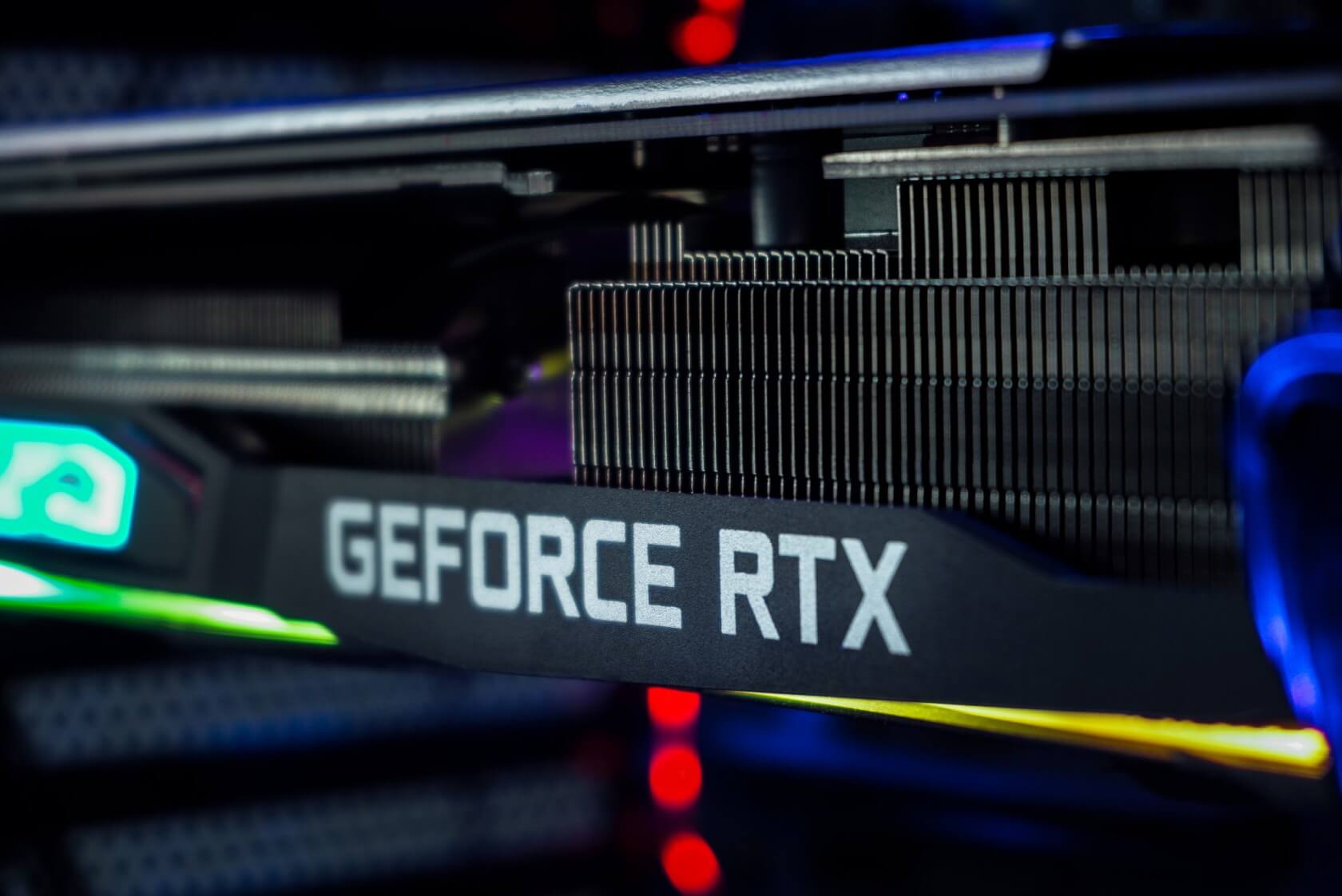Why it matters: The recent change in Nvidia's driver requirements has created a significant issue for users with older hardware. It can unexpectedly impact many users, potentially causing their systems to become inoperable. If nothing else, the update demonstrates how seemingly minor technical changes can have profound real-world effects on users, particularly those with legacy systems.
Recent Nvidia graphics drivers (version 555 and newer) are causing Blue Screen of Death (BSOD) errors on Windows PCs with older CPUs that lack the POPCNT (Population Count) instruction. This issue affects Windows 10 users with older processors, such as the Core 2 Duo E8400, who have recent, still-supported Nvidia graphics cards like the GTX 750 Ti and newer. To prevent this problem, affected Windows 10 users may need to adjust their Windows Update settings to avoid automatically downloading driver version 555 or newer.
The BSOD error, which displays the error "System thread exception not handled," occurs when installing these drivers on systems with supported Nvidia GPUs but unsupported processors. These errors can lead to significant problems, including system instability, data loss, and security vulnerabilities, especially if users cannot boot their systems properly.
Still using a Windows 10/11 PC without POPCNT CPU instructions (e.g., Core 2 Duo), and it has a NVIDIA GPU from the Maxwell generation (e.g., GTX 750) or newer installed?
– Bob Pony (@TheBobPony) August 4, 2024
Installing latest NVDIA drivers causes a SOFT BRICK, it'll boot loop until it reaches the Windows Recovery. pic.twitter.com/5R2JMwdd6N
This situation highlights a critical compatibility issue for Windows users with older CPUs and newer Nvidia graphics cards. While it is unclear how many users are affected, this combination is not uncommon, particularly among budget-conscious users or those with older systems.
Last month, Nvidia officially announced the end of support for older CPUs without the POPCNT instruction set.
Unfortunately, there are limited options for alternative graphics drivers that support older CPUs. For example, Intel provides open-source drivers included in most Linux distributions, but no proprietary alternatives exist. For older AMD/ATI graphics cards, unofficial repositories or PPAs (Personal Package Archives) may provide drivers for legacy hardware, especially on Linux systems, but these are not officially supported. In some cases, open-source alternatives like Nouveau (for Nvidia) or Mesa (for AMD/Intel) may provide basic functionality for older hardware, but often with limited performance compared to proprietary drivers.
Ultimately, this situation underscores the importance of careful system updates and compatibility checks. It also highlights the need for consumers to monitor how hardware and software companies manage legacy support, which can influence their future purchasing decisions and expectations for long-term product reliability.
